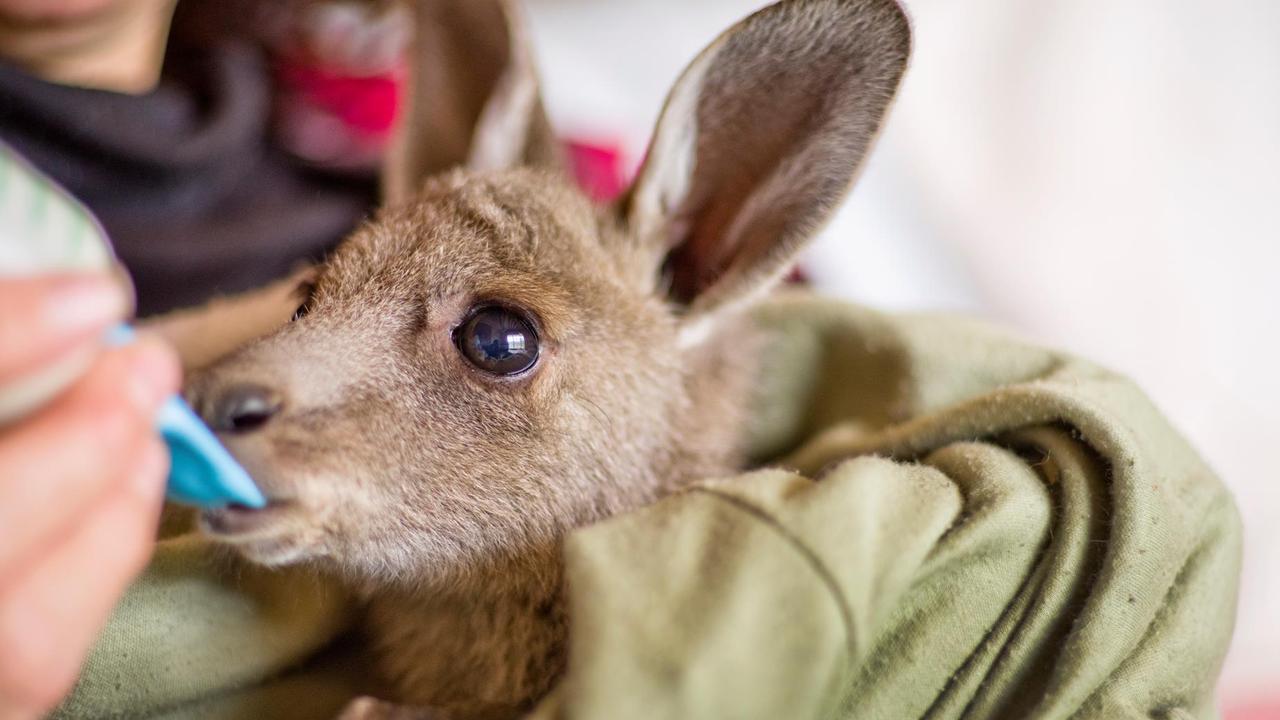Ocean dye highlights deadly rip at Cape Woolamai
A YEAR after two people lost their lives at Cape Woolamai, Life Saving Victoria has released a dye into the water in an effort to highlight the deadly rip. WATCH THE VIDEO

VIC News
Don't miss out on the headlines from VIC News. Followed categories will be added to My News.
MORE people drown in rips than are killed in shark attacks, floods, and cyclones.
No one knows that better than lifesaver Iain Marshall.
The 24-year-old vainly tried to save the lives of a man and woman at Cape Woolamai a year ago today.
The pair were with friends at the beach, taking photos in knee-deep water after patrols had finished for the day.
A powerful rip swept them off their feet and out to sea. Mr Marshall, swimming with friends nearby, and others raced to the rescue.
He helped pull them to shore and began CPR. But both died in hospital.
“We’d already had a number of rescues that day — we were quite busy,” Mr Marshall said.
“But it was the first time we’ve had anything that major ... It drives me now, it encourages me to keep going.
“It’s made me more passionate about lifesaving ... I enjoy people coming to the beach, having some good times and going home safely.”
This summer, Mr Marshall and his fellow lifesavers at Cape Woolamai have rescued 19 people. And there have been 210 other such rescues across the state.


Last financial year, 20 people drowned off the coast — 32 per cent above the long-term average.
Life Saving Victoria says it’s a stark reminder about the hidden dangers of the ocean.
“Three-quarters of people can’t identify a rip current, and two-thirds of people who think they can spot a rip can’t,” operations manager Greg Scott said.
Life Saving Victoria released a dye into the water at Cape Woolamai in an effort to highlight the deadly rip.
Mr Marshall, speaking publicly for the first time since last year’s tragedy, said he hoped beachgoers would heed the warnings.
“The whole incident drives home the importance of swimming between the flags, particularly at beaches you’re unfamiliar with,” he said.
“It can be very tricky to spot a rip when you don’t have the experience ... We spend a lot of time educating people, because a lot of people don’t have any idea.”
Mr Scott said deeper and darker water, fewer breaking waves, and sand and debris in the water were signs of a rip.
He said anyone caught in a rip needed to stay calm, conserve their energy, and try to float with the current or swim parallel to the beach while calling out for help.



